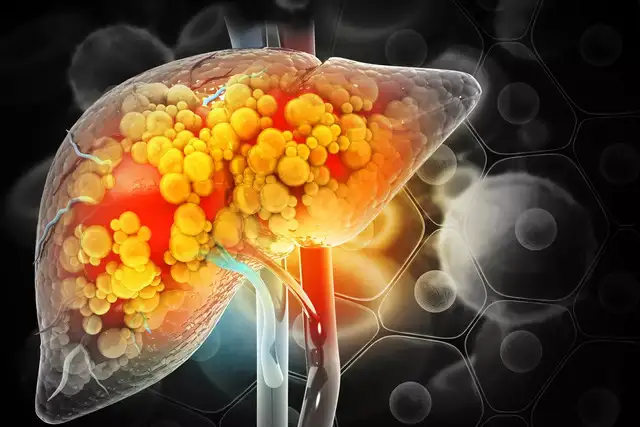In popular perception, liver damage is often equated with heavy drinking. But health experts are now sounding the alarm on a different reality: the liver is under silent assault from everyday habits that have nothing to do with alcohol.
According to a new public health advisory, three common behaviors—high sugar consumption, frequent use of painkillers, and physical inactivity—are emerging as major, yet often overlooked, contributors to liver disease in non-drinkers. With non-alcoholic fatty liver disease (NAFLD) on the rise in India, doctors warn that millions may be damaging their liver without even realizing it.
The Hidden Sugar Threat
Sugar, especially in its processed and refined forms, has quietly become a major enemy of liver health. When consumed in excess—through sodas, sweets, packaged juices, and baked goods—the liver converts this sugar, particularly fructose, into fat. Over time, this fat accumulates in liver cells, leading to NAFLD.
“People assume sugar only impacts weight or diabetes,” says Dr. Reema Verma, a hepatologist in Mumbai. “But the liver bears the brunt. We now see fatty liver in patients who have never touched alcohol.”
Painkillers: A Daily Dose of Danger
Common over-the-counter medications, including paracetamol (acetaminophen) and certain NSAIDs, are widely used for headaches, fever, and muscle pain. But regular, unsupervised consumption can be toxic to the liver.
“Even therapeutic doses, when taken frequently, can overwhelm the liver’s ability to detoxify,” warns Dr. Verma. “This kind of damage is insidious—it doesn’t announce itself until it’s advanced.”
Sitting is the New Smoking—for Your Liver
A sedentary lifestyle is another stealthy contributor to liver dysfunction. Physical inactivity slows down metabolism, promotes fat buildup, and increases insulin resistance—all of which place additional strain on the liver.
Research shows that regular exercise—even walking 30 minutes a day—can significantly reduce liver fat and improve metabolic function. Yet, in urban India, long hours of desk work and screen time are pushing liver health into crisis mode.
The Cost of Complacency
The liver is a resilient organ, capable of regenerating itself under the right conditions. But when these harmful habits continue unchecked, the damage can progress from simple fat buildup to inflammation (steatohepatitis), fibrosis, and ultimately cirrhosis—a potentially fatal condition.
Even more concerning is the fact that NAFLD often remains asymptomatic in its early stages. Routine blood tests or imaging studies are usually the first signs of trouble, by which time significant damage may already have occurred.
Prevention Over Cure
Doctors are urging the public to take proactive steps:
- Limit added sugars, particularly fructose found in packaged foods and drinks
- Use painkillers cautiously and under medical guidance
- Incorporate movement into daily routines, whether through walking, yoga, or resistance training
“This is not about extreme lifestyle changes,” says Dr. Verma. “It’s about small, consistent habits that can protect one of your body’s most vital organs.”


